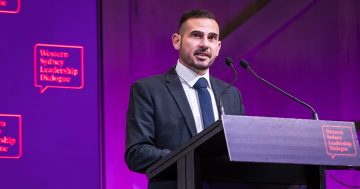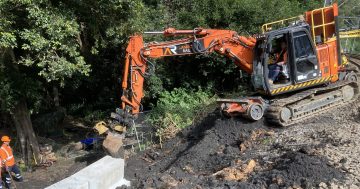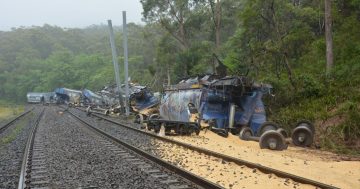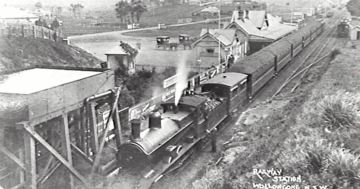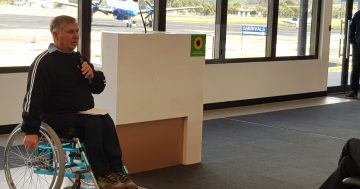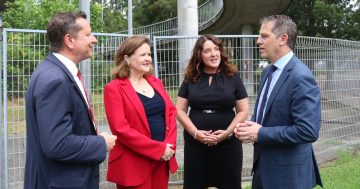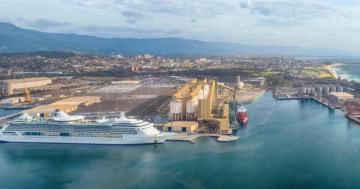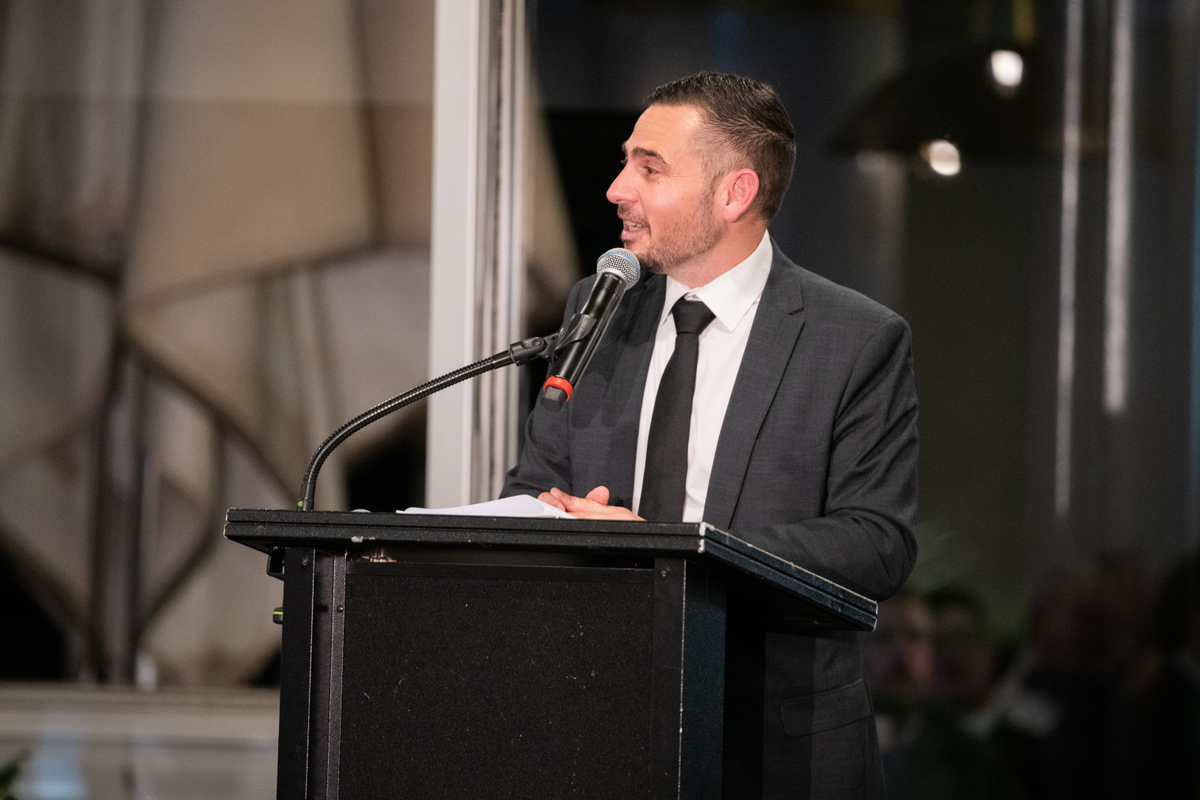
Adam Leto said the Illawarra should mind the gap, identifying the Maldon-Dombarton line as the missing (rail) link in the region’s growth. Photo: Brad Chilby.
Before Adam Leto invoked the “Maldon-Dombarton rail link” at The Illawarra Connection dinner, he warned Wollongong Lord Mayor Tania Brown to cover her ears.
“I can hear the eye rolls. I get it. It’s something that’s been around for seemingly eternity. I know there’ve been endless discussions around where it should go, what it should be called, whether we even need it at all,” he said.
“But our goal in raising it wasn’t to fire up local councils — it was to highlight how significant that corridor is as a catalyst for economic investment and productivity.”
The Western Sydney Leadership Dialogue CEO was the keynote speaker at the bimonthly dinner, presenting a compelling case for combining the strengths of Western Sydney and the Illawarra to form a “mega region”.
Central to his argument was a recent planning milestone — the quiet release of the Outer South West Integrated Transport Plan, developed by Transport for NSW with local councils.
The plan aims to better connect Camden, Campbelltown and Wollondilly with job hubs and neighbouring areas such as the Illawarra and the Western Sydney Airport precinct — a first for NSW strategy. Early priorities include upgrades to Appin and Picton roads, with more projects in the pipeline.
“It’s only about six months in, but it’s the first time we’re seeing government consider the relationship between Southwest Sydney and the Illawarra. That’s a pretty special milestone,” Mr Leto said.
Another key focus was freight, and, as he said, “You can’t talk freight in this context without talking about the famous Maldon-Dombarton rail link.”
Construction on the proposed 35 km line, which would connect the Main South Line at Maldon to Dombarton near Port Kembla, began in the 1980s but was suspended. It remains incomplete to this day. The project aimed to improve freight access to Port Kembla and reduce congestion on existing lines, but its viability has long been debated.
Mr Leto said it was a critical solution to the “outdated and inadequate” links between the port and national network.
“Port Kembla is currently hamstrung by poor rail connectivity … The result is more trucks on the road, more pressure on local roads, worsening congestion, higher maintenance costs and growing safety concerns. It’s not sustainable,” he said.
“These conditions will only worsen as our populations grow. We can’t keep relying on trucks — not if we want to build a smarter, more competitive regional economy.”
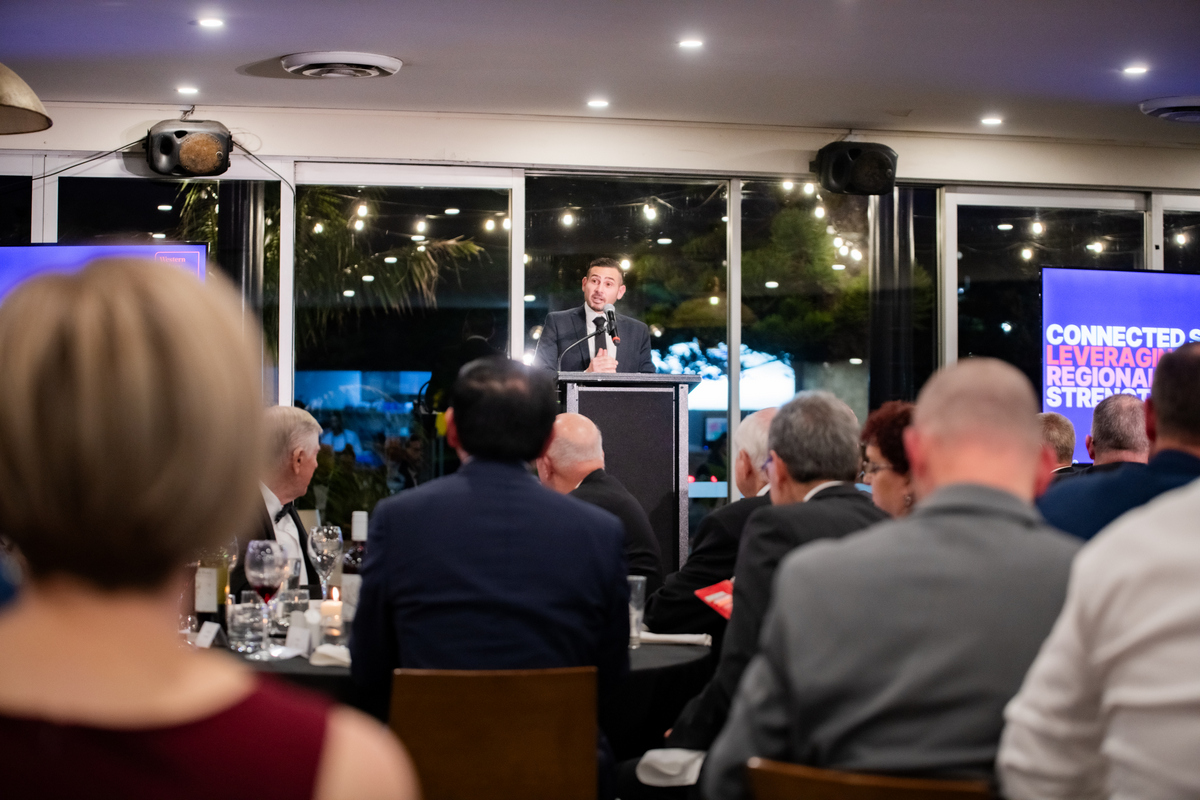
Mr Leto said linking to what would be “the nation’s biggest airport by 2050” was an opportunity the Illawarra could not afford to miss. Photo: Brad Chilby.
The Dialogue proposes the Maldon-Dombarton line be a dual-track freight and passenger rail connecting Port Kembla to the southern Sydney freight line and the Western Sydney Airport via Moorebank Intermodal.
Mr Leto said the link could “unlock major supply chain inefficiencies, increase productivity and attract serious investment” into the region.
“The southwest and Illawarra are home to three internationally significant gateways — Port Kembla, Moorebank Intermodal and Western Sydney International Airport. There’s very little connection between them,” he said.
“As long as these assets remain disconnected, the opportunity to grow jobs and innovation is wasted. And with the airport set to be the nation’s biggest airport by 2050 … the opportunities to improve these links over the next two decades are something we can’t afford to miss.
“It strengthens our national economic position and ensures Port Kembla remains a competitive, globally-connected gateway.
“Alongside the Western Sydney freight line, this link creates a powerful corridor, seamlessly connecting Port Kembla, Moorebank and the aerotropolis to the national freight network. It’s not just another rail project — it’s an economic enabler that will shape how goods move through NSW for decades.”
Mr Leto acknowledged no conversation about the Maldon-Dombarton rail link could be complete without contemplating funding.
With government funds stretched and a federal focus on high-speed rail, he said a public-private partnership (PPP) was the most viable path — a concept that, though not new, was shared by Cr Brown.
“The pieces are all there — regional goodwill and a clear business case. Apart from imports coming into Port Kembla and heading west, there will be 3000 jobs at the airport, many filled by people from the south and southwest. So there’s going to be significant traffic,” she said.
“We all agree the rail connection is the missing piece. I think a PPP with significant private investment is the only way it happens.”
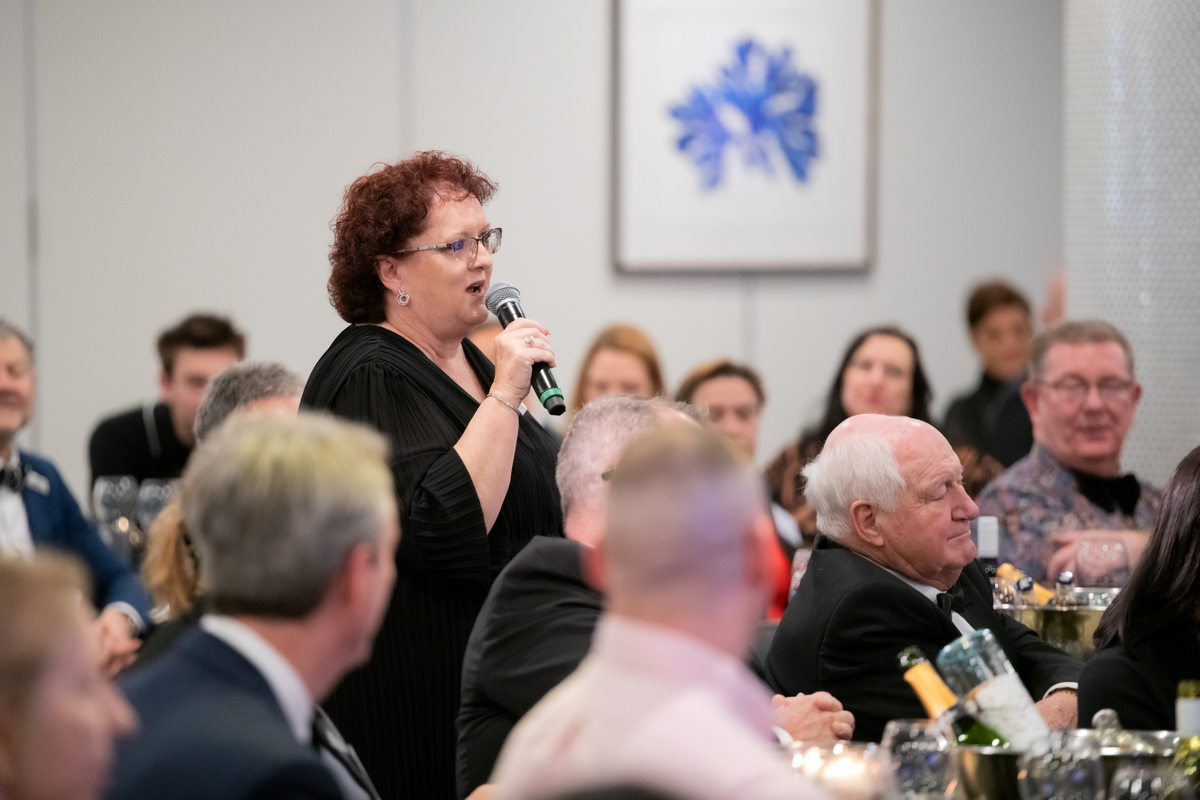
Tania Brown said the goodwill and business case for the rail link were there, but agreed funding would likely require a public and private partnership. Photo: Brad Chilby.
Cr Brown said she was recently reinvigorated by conversations with leaders of other stakeholder local government areas.
Along with the mayors of Campbelltown, Camden, Wollondilly, Wingecarribee, Shellharbour, Kiama and Shoalhaven, the Wollongong Lord Mayor has signed a communique backing the rail extension to Campbelltown and beyond.
“We want to start building this collective region. We’re at a unique time when everyone’s pulling in the same direction. We all recognise the opportunity the airport presents, but also the impact on our communities,” she said.
“The current airport masterplan doesn’t even mention the Illawarra, so there’s a task for us: to lobby the authority and government to say, ‘We need road and rail connections south of the airport, not just into Sydney.'”









